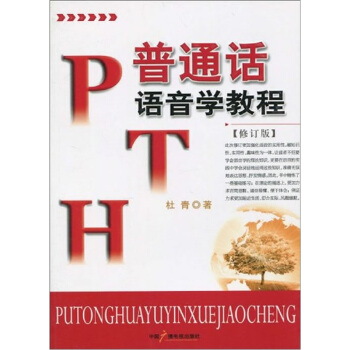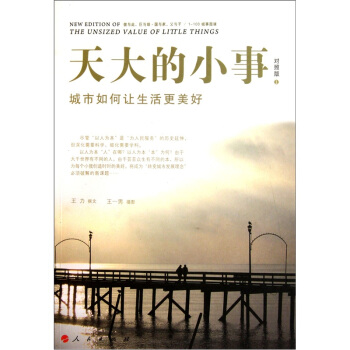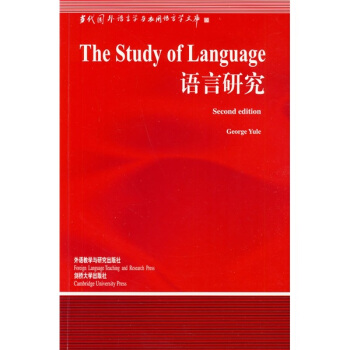

具体描述
内容简介
《语言研究》是一本专为语言学初学者编写的入门教材。全书共分二十一章。作者以科学、客观的态度把人类关于语言的研究做了一番详细、全面的介绍,几乎涉及语言研究的所有领域。有些领域甚至分得非常细,如构词法和形态学专辟两章,语法和句法专辟两章,语用学和话语分析也分两章介绍。全书的语言朴实易懂,没有用新奇的术语唬人。为便于读者学习,每章还配有许多思考题和习题。该书介绍的语言研究涵盖传统语言学(如语言文字学、历史语言学)和现代西方语言学诸领域。但是作者不以流派分章节,重在介绍现代语言学,兼顾传统语言学;既注重知识的系统性,又顾及到内容的趣味性。例如,作者在论述语言的属性之后意犹未尽,又辟一章举数例说明人和动物之间在交际和学习语言方面的根本差异:灵长目动物黑猩猩虽然能理解一些极基本的符号,但是它们的交际能力与人类的语言能力不可同日而语。
目录
王宗炎序导读
Preface
Preface to second edition
1 The origins of language
2 The development of writing
3 The properties of language
4 Animals and human language
5 The sounds of language
6 The sound patterns of language
7 Words and word-formation processes
8 Morpology
9 Phrases and sentences:grammar
10 Syntax
11 Semantics
12 Pragmatics
13 Discourse analysis
14 Language and machines
15 Language and the brain
16 First language acquisition
17 Second language acquisition/learning
18 Sign language
19 Language history and change
20 Language varieties
21 Language,society and culture
Appendix
References
Index
文库索引
精彩书摘
From this diagram,we can say that "horse is a hyponym of animal" or that ‘ant is a hyponym of insect'.We can also say that two or more terms which share the same superordinate (lugher-up) term are co-hyponyms. So,horse and dog are co-hyponyms, and the superordinate term is animal.The relation of hyponymy captures the idea of'is a kind of', as when you give the meaning of a word by saying "an asp is a kind of snake".lt is often the case that the only thing some people know about the meaning of a word in their language is that it is a hyponym of another term. That is, you may know notlung more about the meaning of asp other than that it is a kind of snake.
It is worth emphasizing that.it is not only words for‘things' that are hyponyms. Terms for actions, such as cut, punch, shoot and stab, can all be found as co-hyponyms of the superordinate term injure.
Prototypes
While the words canary, dove, duck, flamingo, parrot, pelican, robin, swal-low and thrush are all equally co-hyponyms of the superordinate bird, they are not all considered to be equally good exemplars of the category ‘bird'.For'many American English speakers, the best exemplar, or the prototype, of‘bird' is the robin.The concept of a prototype helps explain the mearung of certain words, like bird, not in terms of component features (e.g.‘has feathers',‘has wings'), but in terms of resemblance to the clearest exemplar. Thus, even native speakers of English nught wonder if ostrich and penguin should be hyponyms of bird (technically, they are), but have no trouble deciding about sparrow or prgeon.The last two are much closer to the proto-type.
Given the category label furniture, we are quicker to recognize chair as an exemplar than bench or stool. Given clothing, people recognize shirts quicker than shoes,and given vegetable,they accept carrot before potato or tomato.lt is obvious that there is some general pattern to the categorization process involved in prototypes and that it determines our interpretation of word meaning. However, this is one area where individual experience results in variation in interpretation, as when people disagree about whether tomato is a fruit or a vegetable.
Homophony, homonymy and polysemy
There are three other, less well-known terms which are often used to describe relationships among words in a language. The first of these is homophony. When two or more different (written) forms have the same pronunciation,they are described as homophones. Some examples are bare - bear, meat-meet, ftour flower,pail-pale, sew-so.
The term homonymy is used when one form (written and spoken) has two or more unrelated meanings. Examples of homonyms are the pairs bank (of a river) - bank (financialinstitution), bat (flying creature) - bat (used in sports), race (contest of speed) - race (ethnic group), pupll (at school)-pupil (in the eye) and mole (on skin) - mole (small animaI).The temptation is to think that the two types of bank must be related in meaning.They are not. Homonyms are words which have quite separate meanings, but which have accidentally come to have exactly the same form.
Relatedness of meaning accompanying identical form is technically known as polysemy, which can be defined as one form (written or spoken)having multiple meanings which are all related by extension. Examples are the word head,used to refer to the object on top of your body, on top of a glass of beer, on top of a company or department; or foot (of person, of bed, of mountain),or run (person does,water does,colors do).
The distinction between homonymy and polysemy is not always clear cut. However,one indication of the distinction can be found in the typical dictio-nary entry for words. If a word has multiple meanings (polysenuc), then there will be a single entry,with a numbered list of the different meanings of the word.lf two words are treated as homonyms,they will typically have two separate entries.You could check in your dictionary and probably find that the different meanings of words like head, get, run, face and foot are treated as examples of polysemy, whereas mail, bank, sole and mole are treated as examples of homonymy.
……
用户评价
我发现这本书最大的价值在于其为后续研究设定的一个极高的标杆。它不仅全面梳理了现有知识的版图,更重要的是,在每章的结尾处,作者都非常清晰地指出了当前研究领域中尚未被充分探索的“真空地带”和“潜在冲突点”。这些留白并非故作姿态,而是基于其扎实的知识积累得出的真知灼见,为后来者提供了明确的研究方向和尚未解决的难题。这种前瞻性视角,使得这本书不仅仅是一部总结性的著作,更是一份充满活力的“研究宣言”。对于我个人而言,它帮助我快速定位了自己的研究兴趣点与现有体系的衔接位置,节省了大量的摸索时间。读完之后,我感觉自己像是站在一个广阔的知识高地上,对整个领域的结构、挑战和未来走向有了宏观且精准的把握,这对于任何想要在该领域深耕的人来说,都是无价之宝。
评分我花了整整一个周末的时间来沉浸式阅读,最让我震撼的是作者对于概念界定的那种近乎苛刻的严谨性。在探讨任何一个核心术语时,作者都没有满足于泛泛而谈,而是深入挖掘了其在不同历史时期、不同学派语境下的细微差别和演变轨迹,力求为读者构建一个无比扎实的理论基石。这种细致入微的考据工作,体现了作者深厚的学术功底和对专业领域的敬畏之心。举例来说,对于某个长期存在争议的流派划分,作者并未简单地站队,而是极其公允地罗列了各方的核心论据和逻辑漏洞,引导读者自己去形成判断,这种去魅和批判性的思维训练,远比直接灌输结论要来得珍贵。整本书的逻辑链条如同精密的机械装置,每一个论点都精准地咬合在下一个论点之上,很少出现那种为了凑篇幅而强行牵扯的论述,让人在阅读过程中充满了“原来如此”的顿悟感。
评分我得说,这本书的案例分析部分简直是教科书级别的典范,它成功地架设了一座连接抽象理论与鲜活实践的坚固桥梁。作者选取案例的角度非常独特,避开了那些已经被无数次引用的老旧范例,转而挖掘了一些新兴的、更具时代前沿性的现象作为支撑点。在阐述每一个案例时,作者的笔触非常生动,仿佛是在给我们讲述一个引人入胜的故事,而不是简单的堆砌数据。他不仅展示了“是什么”和“如何分析”,更深入地探讨了“为什么会这样”的深层动因,并且非常巧妙地将多个理论模型进行交叉验证,展示了理论的灵活性和局限性。这种处理方式极大地提升了可读性,让那些原本以为只有科班出身才能理解的内容,变得平易近人。读完之后,我感觉自己对现实世界中观察到的某些现象,有了一种全新的、更加深刻的解读视角和工具箱。
评分这本书的语言风格是一种非常独特的、介于学术论文和深度访谈之间的混合体,这种平衡掌握得恰到好处,避免了过度口语化导致的轻浮,也杜绝了纯粹学术腔调带来的晦涩难懂。作者在表达复杂的思想时,偶尔会穿插一些极具个人色彩的、带着温度的评论或反思,这些“小小的插曲”像是阅读长途旅行中的休憩站,让人在高度集中的思考后得以放松。我特别喜欢那种长句中蕴含的韵律感,读起来抑扬顿挫,虽然信息密度极高,但并不会让人感到阅读疲劳。它不是那种冷冰冰的知识传递,而更像是一位经验丰富的导师,在你耳边,以一种沉稳而富有激情的语调,娓娓道来他的毕生所学。这种交流感,是很多纯粹的教材所无法比拟的,它激发了我主动去探索更多相关文献的欲望。
评分这本书的排版和装帧设计实在是太出色了,拿在手里有一种沉甸甸的质感,封面那种哑光的处理方式,让人忍不住想要反复摩挲。我尤其欣赏它在章节划分上的匠心独运,每一部分的过渡都处理得极为自然流畅,即便是对于初次接触这个领域的读者来说,也不会感到突兀或不知所措。特别是那些复杂的理论图表,它们被清晰地放置在页面的黄金分割点上,配上恰到好处的留白,使得原本枯燥的学术内容瞬间变得易于消化。装订方式也非常考究,书页完全可以平摊,这对于需要频繁查阅和做笔记的读者来说简直是福音,不用费力地去按住书脊,阅读体验大大提升。更不用提纸张的选择,那种略带米黄色的纹理,不仅保护了视力,更让阅读过程变成了一种享受,仿佛穿越回了那个知识被珍视的年代。这种对外在形式的极致追求,足以体现出版方对这部作品的尊重,也让人对内在内容的期待值拉满,可以说,光是看着它摆在书架上,就能感受到一种知识的厚重与美感。
评分为了考研买的,买早了啊,先放着吧
评分再具体一些。
评分书很不错 正版 考研必须看的
评分印刷很清晰,是正品,很喜欢
评分是英文版,看不懂,不过物流很快
评分茨威格的遗作是为蒙田立传。他当时生活境遇非常不好,同时还有其他写作计划,但他迫切希望完成这本极薄的小册子。他说年轻时,只是觉得蒙田好,却不知道蒙田哪里好。知道蒙田在大力摇撼人心人性中的种种枷锁,但他却以为那些枷锁早已被打碎。当时的茨威格,只是把蒙田为争取心灵自由所作的斗争当做一种历史上的斗争来加以尊重和崇敬,他根本没有意识到,那些枷锁当时正在被命运重新打造着,而且是比以往任何时候更冷酷无情和残忍野蛮。经历了二战,中年的茨威格才真正认识蒙田,将他当做并肩作战的兄弟,他明白,要义不在于打碎枷锁与反抗权威,而在于不断地打碎、持续地反抗,不是一挣一扎,而是坚决地、永不妥协地保持住自我。
评分十分不错,值得购买!!
评分考研必备
评分茨威格的遗作是为蒙田立传。他当时生活境遇非常不好,同时还有其他写作计划,但他迫切希望完成这本极薄的小册子。他说年轻时,只是觉得蒙田好,却不知道蒙田哪里好。知道蒙田在大力摇撼人心人性中的种种枷锁,但他却以为那些枷锁早已被打碎。当时的茨威格,只是把蒙田为争取心灵自由所作的斗争当做一种历史上的斗争来加以尊重和崇敬,他根本没有意识到,那些枷锁当时正在被命运重新打造着,而且是比以往任何时候更冷酷无情和残忍野蛮。经历了二战,中年的茨威格才真正认识蒙田,将他当做并肩作战的兄弟,他明白,要义不在于打碎枷锁与反抗权威,而在于不断地打碎、持续地反抗,不是一挣一扎,而是坚决地、永不妥协地保持住自我。
相关图书
本站所有内容均为互联网搜索引擎提供的公开搜索信息,本站不存储任何数据与内容,任何内容与数据均与本站无关,如有需要请联系相关搜索引擎包括但不限于百度,google,bing,sogou 等
© 2025 book.tinynews.org All Rights Reserved. 静思书屋 版权所有


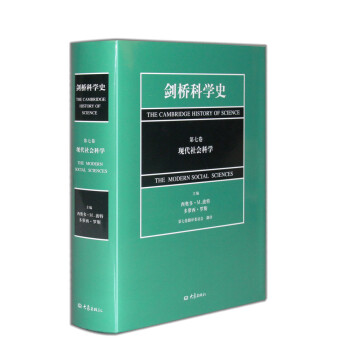
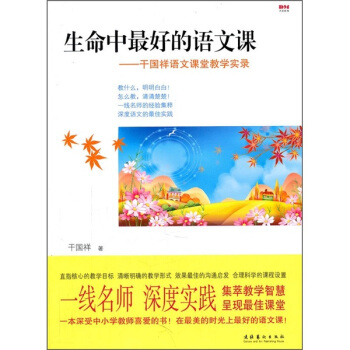
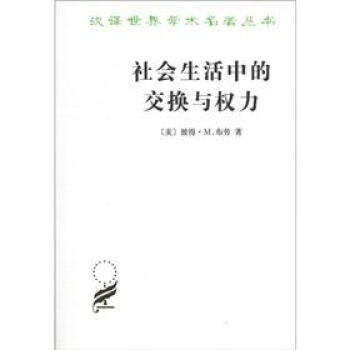


![正义的两面(修订版) [The Two Faces of Justice Revised Edition] pdf epub mobi 电子书 下载](https://pic.tinynews.org/11568196/545aec2bNc53b670b.jpg)
![牛津通识读本:性存在 [Sexuality: A Very Short Introduction] pdf epub mobi 电子书 下载](https://pic.tinynews.org/11751440/55cb0ed8Ncbdd3276.jpg)


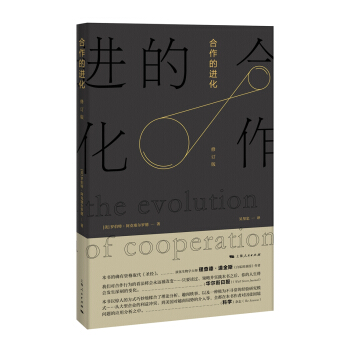
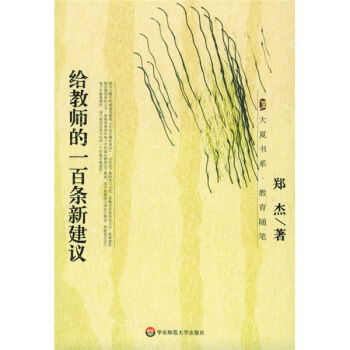

![2050人类大迁徙 [The World in 2050:Four Forces Shaping Civilization] pdf epub mobi 电子书 下载](https://pic.tinynews.org/11893099/56eb9817Ncae428bb.jpg)
![新知文库08:血液的故事(二版) [Five Quarts:A Personal And Natural History Of Blood] pdf epub mobi 电子书 下载](https://pic.tinynews.org/11996238/57a15f5dNf7fc0737.jpg)
![质性访谈方法:聆听与提问的艺术 [Qualitative Interviewing:The Art of Hearing Data] pdf epub mobi 电子书 下载](https://pic.tinynews.org/10040280/f2c39ca9-2595-4e12-9497-b1854cf2c7f4.jpg)

